Hardware Reference
In-Depth Information
a
b
500
500
400
400
300
300
200
200
100
100
0
0
0
500
1000 1500 2000 2500
0
500
1000 1500 2000 2500
Pattern number
Number of patterns
Fig. 2.17
I
DDQ
test for a real 0:18 m defective device. (
a
) Non-ordered and (
b
) current signature
absolute value of the power supply current, 'Delta I
DDQ
' considers the difference of
the power supply current among successive test vectors. This difference is treated
probabilistically to determine if the circuit is defective or not.
Another extension of the I
DDQ
testing technique is based on the use of current
signatures, which was proposed by
Gattiker and Maly
(
1996
). The measured I
DDQ
data is not compared to a single threshold value, but the current for the whole test set
is measured (
Gattiker and Maly
1996
;
Nigh and Gattiker
2004
)
. A current signature
is generated by ordering all the obtained measures from the smallest to the highest
value. This technique looks for sharp changes (or steps) in the current signature,
which indicates some kind of defect in the device. In case of bridges, the number of
steps may give information about the number of network excitations that have been
different steps are observed for the current signature of the defective device. Current
signatures avoid the problem of I
DDQ
and Delta I
DDQ
testing when deciding the
current threshold limit.
The current ratios technique (
Maxwell et al.
1999
)
is based on the same idea as
current signatures, but tolerating parameter variations. The basic idea relies on the
fact that the slopes of the rank-ordered current signatures for dies having differences
in the absolute I
DDQ
values are quite similar. Therefore, it is possible to set a test
limit based on the ratio of the maximum to minimum I
DDQ
value. This value is more
or less constant and independent of the mean of the I
DDQ
measurements for each die.
This ratio is determined by means of an iterative process. Once obtained the ratio,
the vector which typically gives the minimum current is identified. The current for
that vector is measured. Subsequently, the maximum current is computed due to the
ratio previously obtained. Outliers are then identified.
Other solutions have been proposed in order to overcome the leakage problem








































































































































































































































































































































































































































































































































































































































































































































































































































































































































































































































